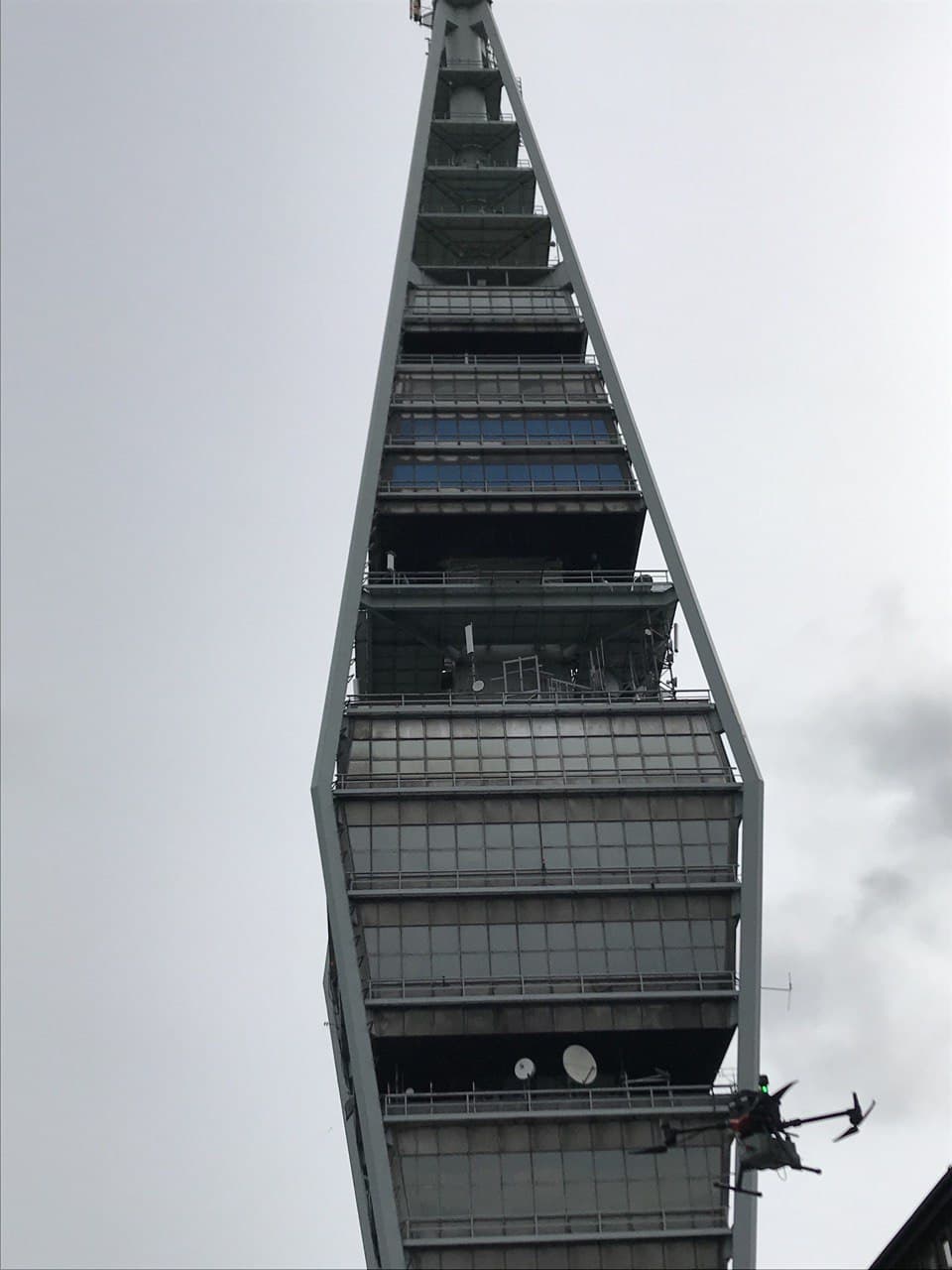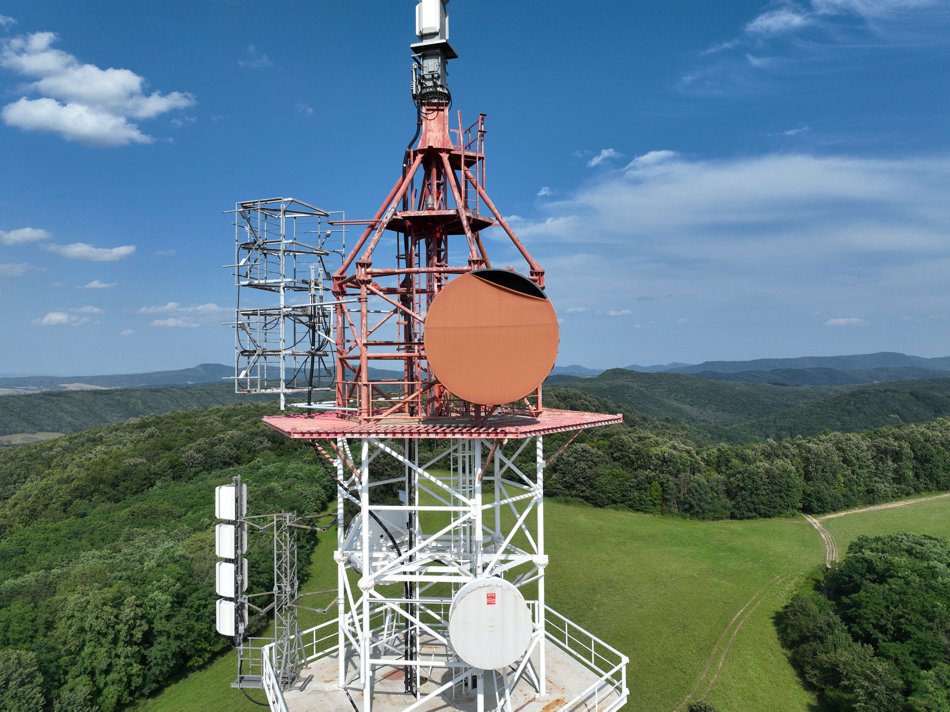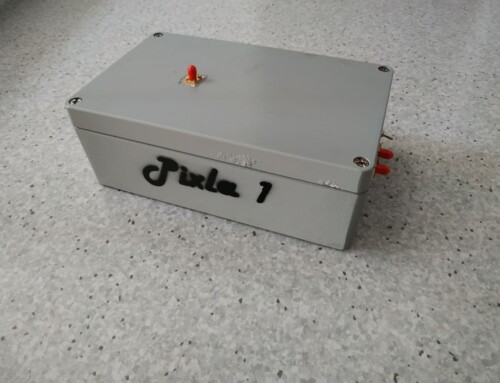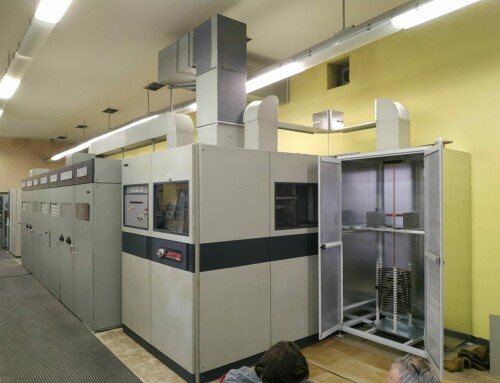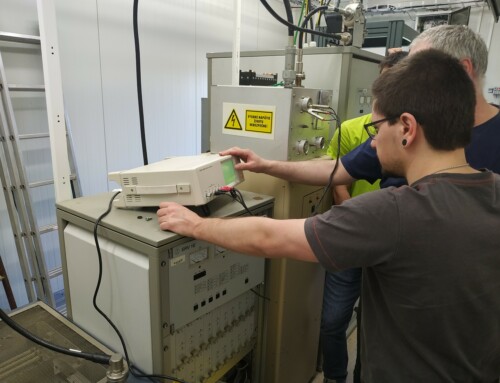Project Description
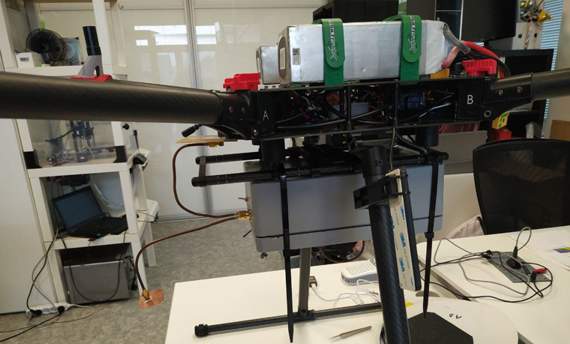
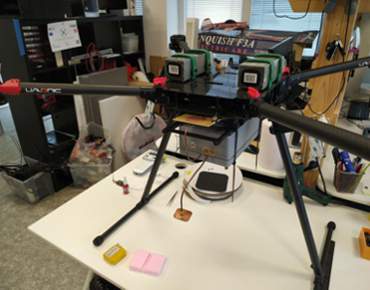
-
Project Starting Date
03.05.2021
-
Project End
In the process
-
Category
Research
Project Description
Testing Pixla 1 in operation. So far, tests of the device have only been carried out under laboratory conditions. The characteristics were excellent for measuring the directional characteristics of large-scale antenna systems. The next step is to test the device in real conditions: mounted on a quadcopter, carried to an altitude of hundreds of meters, where it is thermally and mechanically stressed.
We attached the device to a quadcopter of the company. Uavonic, confected the antennas, adjusted everything so that when the quadcopter takes off everything stays in place in the directions necessary for correct measurement of the size of the electromagnetic field, checked for resonances during takeoff and we are waiting for nice weather. Our first object will be Kamzik. There are enough antenna systems here that radiate FM broadcasts with a power of one station up to 100kW. If Pixla 1 can withstand these conditions and measure everything correctly, it can withstand anything.
The Challenge in the design
The measurement was carried out in the morning hours of 6.5.2021 at the Kamzík transmitter in Bratislava. Three circular orbits of the tower were made at a distance of 100m, 200m and 300m. As well as a rotation of the quadcopter with the Pixla 1 device around its axis in the geometric centre of the antenna system, ascending 100m above the tube and descending to a height of 50m above the ground. Two 100kW and one 5.6 kW transmitters were measured. The equipment used to measure the electric component of the electromagnetic field is designed to be able to sense and record the intensity every second or more, depending on the initialization of the instrument.
The data were exported to excel, where they took up about 4700 rows. Each line contained the name of the measurement, the time of recording, the location (GPS coordinates) and the measured electric field. Since the data from such measurements are considerably noisy, post-processing had to occur – file splitting, comparison with quadrocopter data and statistical management.
The Final Output
Results of directional characteristic measurement after statistical processing.
- We were able to simultaneously measure 3 directional characteristics
- The mathematical polar coordinates are not identical to the spatial position designation
- The measured directional characteristics have the expected shape (obtained from the project documentation)
- We have obtained a quantification of the cross-polarization of the measuring antenna (measuring electrically short monopole over the conducting plane)
- We have verified and quantified the effect of the quadcopter’s conductive components on the measurement accuracy
